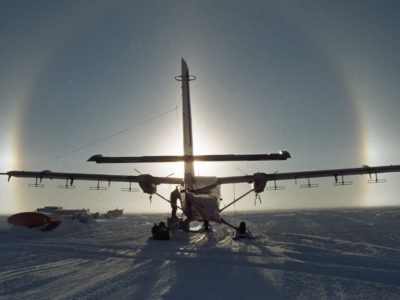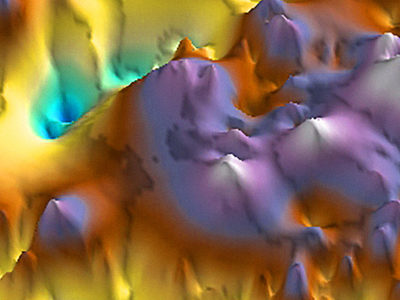Research projects
Filter:
Filtered:
See also Science teams or Ice & ice-movement
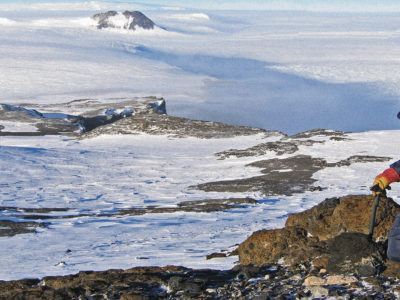
ANiSEED
This project will reconstruct millennial-scale ice sheet change in the western Amundsen Sea Embayment, Antarctica, using high-precision exposure dating.
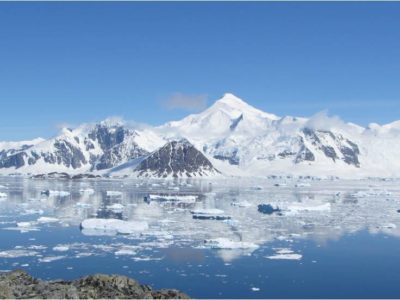
Antarctic Climate over the last millennia
The Antarctic Peninsula and West Antarctica have warmed dramatically in recent decades, with some climate records indicating that these are among the most rapidly warming regions on Earth. The Antarctic …
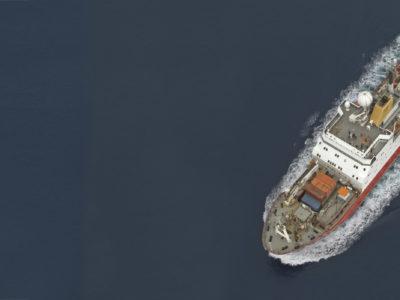
Arctic marine geophysics
This research focuses on investigating the glacial histories of Arctic ice sheets and ice caps using the marine geological record preserved on continental margins. By reconstructing past ice sheets, their …
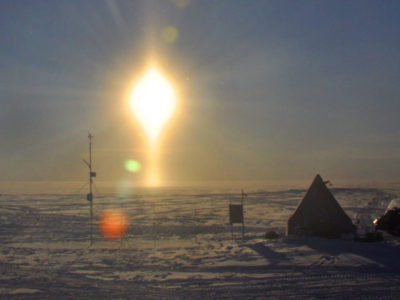
BEAMISH: Basal Conditions on Rutford Ice Stream
The polar ice sheets play a major role in controlling Earth’s sea level and climate, but our understanding of their history and motion is poor. The biggest uncertainty in predicting …
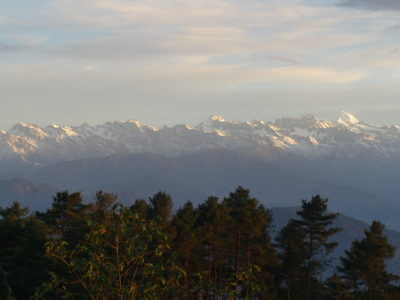
Bedmap Himalayas
Bedmap Himalayas is an ongoing BAS core-funded and grant-funded programme. It aims to measure how much water much is stored as glacier ice in High Mountain Asia. In warm weather, …
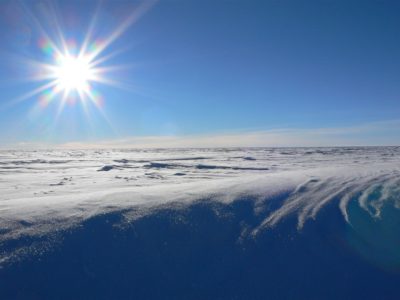
Beyond Epica
A decade ago, the European EPICA project completed drilling a deep ice core at Dome C, revealing the close link between climate and atmospheric greenhouse gases over the past 800,000 …
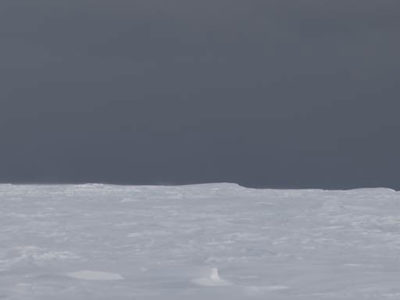
Brunt Ice Shelf movement
British Antarctic Survey is monitoring cracks on the Brunt Ice Shelf. Find out how here
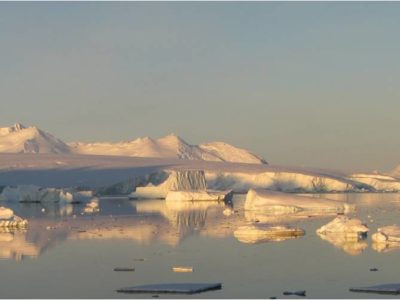
Climate and Ice during the Last Interglacial
During the Last Interglacial (129-116 thousand years ago, ka) CO2 and global temperature were both higher than they were before human industrialisation. By examining Last Interglacial climate, we thus gain …
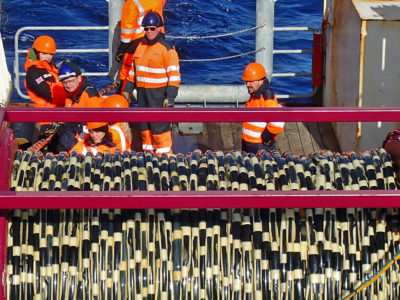
Depositional patterns and records in sediment drifts off the Antarctic Peninsula and West Antarctica
The biggest uncertainty in predictions of sea-level rise is what the contribution will be from the great ice sheets on Antarctica and Greenland as climate warms. The West Antarctic Ice …
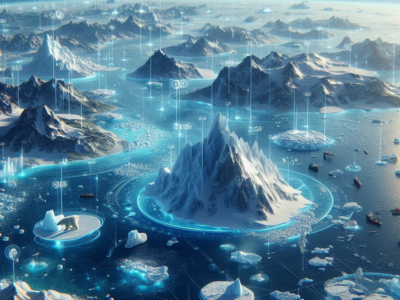
Digital Twins of the Polar Regions
Digital Twinning is next generation technology for data fusion and computer modelling enabling us to rapidly get answers to “what-if” questions. Digital Twins (DTs) are already in operation in industry …
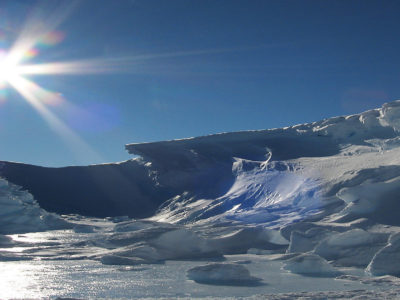
Filchner Ice Shelf System, Antarctica
Understanding the contribution that polar ice sheets make to global sea-level rise is recognised internationally as urgent. The mission of this five-year project is to capture new observations and data …
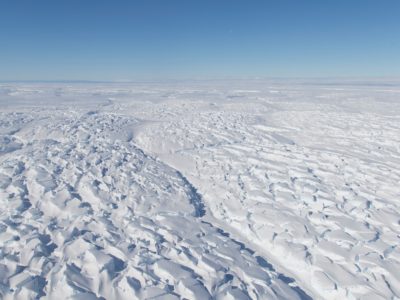
Geological History Constraints on the Magnitude of Grounding Line Retreat in the Thwaites Glacier System
GHC (“Geological History Constraints”) will gather information about past ice sheet behaviour and relative sea level change in the Thwaites Glacier system. Determining the timing and magniture of past episodes …
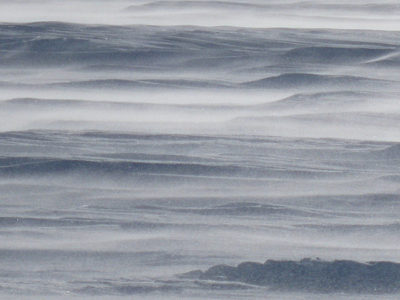
Ice Sheet Modelling
The research of the ice sheet modelling group focuses on integrating observational data with dynamical models that describe how the ice flows in order to improve our representation of how …
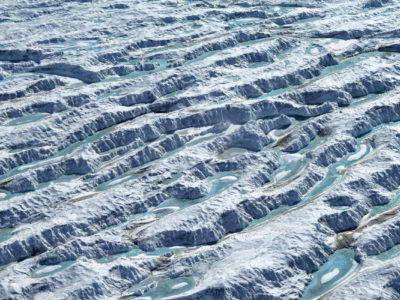
Impact of Melt on Ice Shelf Dynamics and Stability (MIDAS)
Project MIDAS (Impact of Melt on Ice Shelf Dynamics And Stability) is a UK-based Antarctic research project, investigating the effects of a warming climate on the Larsen C ice shelf …
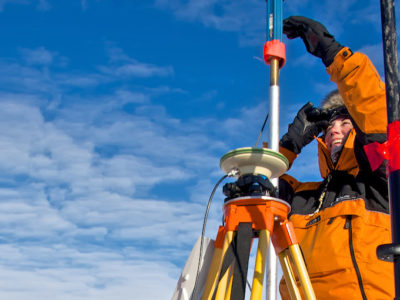
iSTAR – Stability of the West Antarctic Ice Sheet
Science on the move – the mission to understand the stability of the West Antarctic Ice Sheet
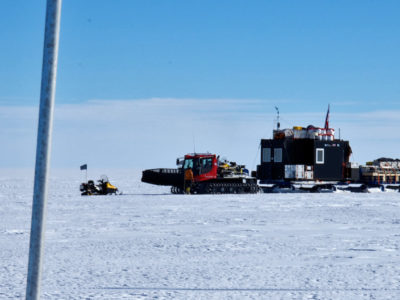
iSTAR-C Dynamical control on the response of Pine Island Glacier
iStar-C – strives to understand the dynamical control and response to change of Pine Island Glacier
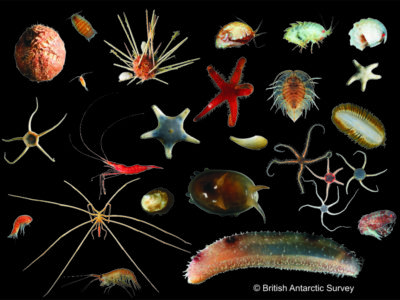
Larsen-C Benthos
On 12 July 2017, the Larsen-C Ice Shelf calved one of the largest iceberg originating from the Antarctic Peninsula ever recorded. As iceberg A68 moves north, it leaves behind an …
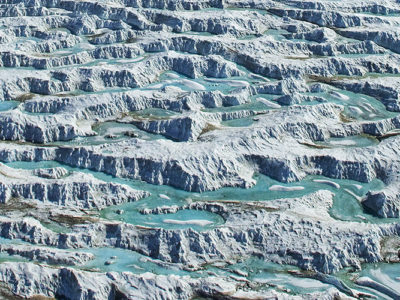
Ocean-driven ice-shelf thinning in Antarctica
By exploiting advances in ice sheet modelling, and new Antarctic-wide datasets, this project aims to predict how far and how fast the observed ocean-driven thinning of floating ice shelves will …
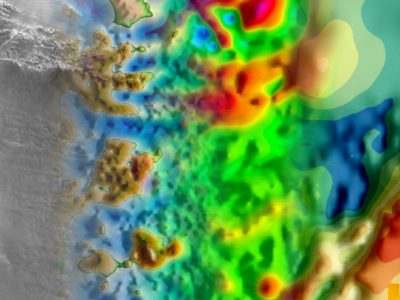
PolarGAP
The polar regions have the capacity to amaze and astound, but despite the considerable progress of recent decades we still know far less about them than less remote parts of …
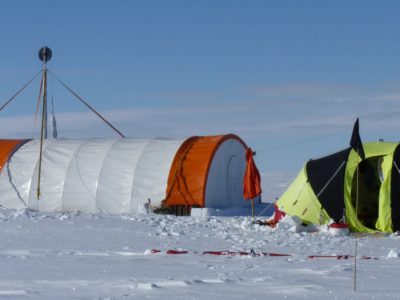
SIWHA
The NERC funded SIWHA_CO2 project “Sea Ice and Westerly winds during the Holocene in coastal Antarctica, to better constrain oceanic CO2 uptake” will be a breakthrough in our understanding of how …

SubICE
The Sub-Antarctic – ice coring expedition (SubICE), part of the international Antarctic Circumnavigation Expedition (ACE), successfully drilled several shallow ice cores, from five of the remote and globally significant sub-Antarctic …
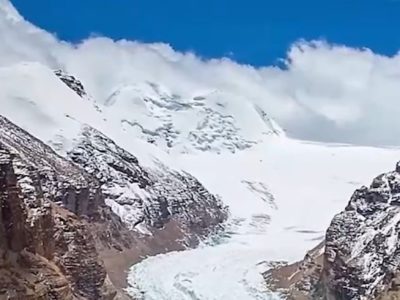
The Big Thaw
The Big Thaw is an ambitious new UKRI/NERC-funded Highlight Topic project assessing past, present and future changes in global mountain water resources by studying snow/ice accumulation and melt in the …
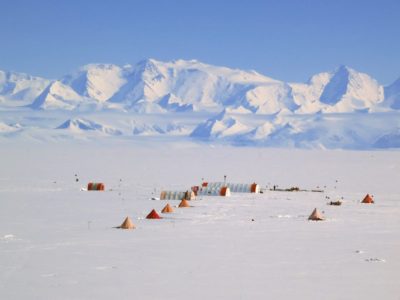
Weddell Sea ice sheet and climate
In the south of the Weddell Sea lies the Ronne and Filchner Ice Shelves. During the coldest part of the last glacial period about 25,000 years ago, the ice in …
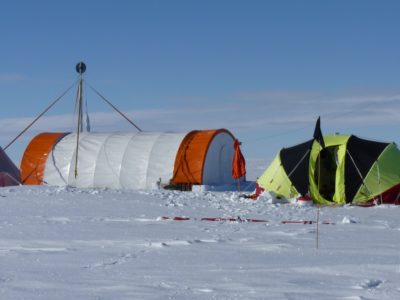
West Antarctica wind strength and atmospheric circulation
Changes in wind strength and circulation patterns above the Antarctic Peninsula are linked to its warming and increased upwelling of warm circumpolar deep water, resulting in accelerated melting and thinning …
